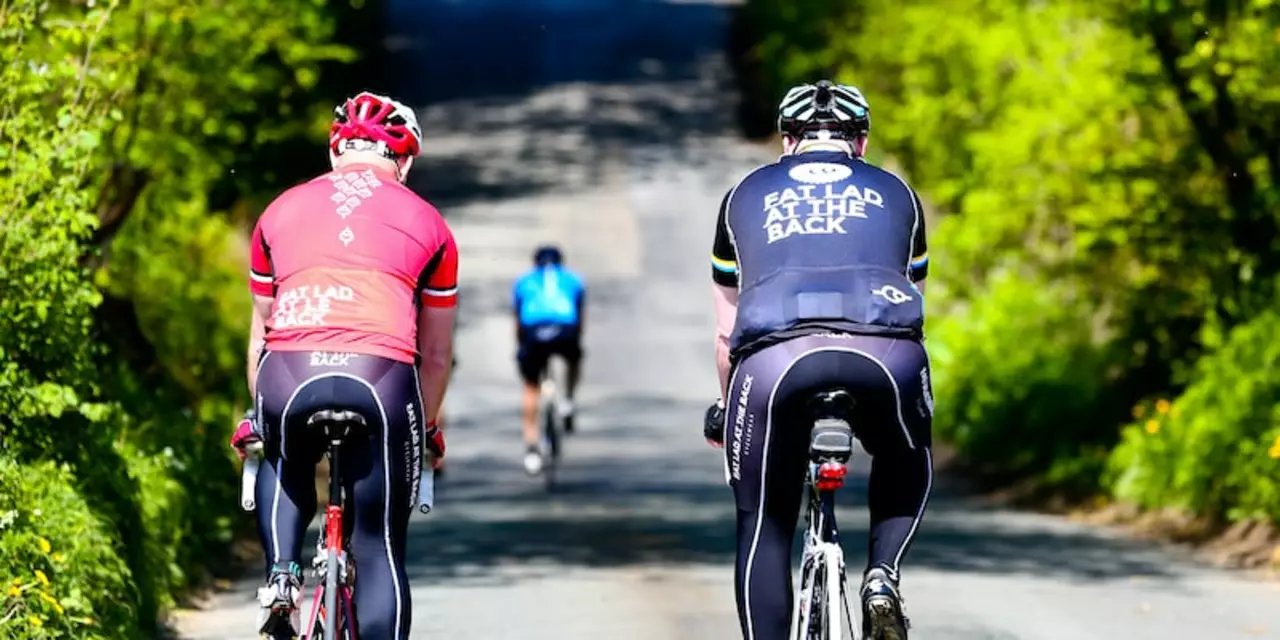Stiffness in Cycling – What It Means and How to Tame It
If you’ve ever felt a harsh jolt through your handlebars or a dead‑flat feeling when you push the pedals, you’re dealing with stiffness. In simple terms, stiffness is how much a bike or its parts resist bending or flexing under load. Too much or too little can change how fast you go, how tired you feel, and even how safe you ride.
Most riders notice stiffness when they switch frames, swap seatposts, or change tyre pressure. It’s not just a technical detail – it’s a daily factor that decides whether you cruise smoothly or spend the whole ride fighting a stiff, unresponsive bike.
Frame and Component Stiffness
Frames come in carbon, aluminium, steel and titanium, each with its own flex profile. Carbon offers high front‑end stiffness for quick steering but can be forgiving in the rear for a smoother ride. Aluminium is naturally stiffer, which translates to crisp power transfer but can feel harsh on rough roads.
The seatpost is another hidden source of stiffness. A carbon seatpost will give you a light, responsive feel, while a steel or aluminium post adds more flex, which can reduce saddle pressure on long climbs.
Tires matter too. Wide, low‑pressure tyres absorb bumps and lower perceived stiffness. Narrow, high‑pressure tyres keep the wheel rigid, giving you more precise handling but a harsher ride.
When you’re setting up a bike, think of stiffness as a trade‑off: more rigidity means more power to the road, less comfort; more flex means comfort, but a little loss in speed.
Finding the Right Balance for Comfort and Power
Start by matching your riding style. If you race on smooth roads, you probably want a stiffer frame and tighter tyres – that combo maximises power transfer. If you ride mixed terrain or long distance, choose a slightly more compliant frame, a carbon seatpost, and a wider tyre with a bit lower pressure.
Experiment with tyre pressure first because it’s the cheapest tweak. Drop a few psi and feel the difference on a bumpy stretch. If you still feel too harsh, try a plush saddle or a seatpost with built‑in flex.
Don’t forget bike fit. A poor fit forces you into positions that exaggerate stiffness effects, making rides feel rougher than they need to be. A professional fit can adjust saddle height, fore/aft position, and reach to let your body absorb road vibrations instead of your bike.
Finally, listen to your body. If you’re getting persistent neck or lower‑back pain, you’re likely dealing with too much front‑end stiffness. A softer fork, a wider tyre, or a more relaxed handlebar width can instantly reduce the strain.
Stiffness isn’t a one‑size‑fits‑all number. It’s a set of choices you make on frame material, components, tyre size, pressure, and fit. By testing each element, you’ll land on a balance where power feels natural and the ride stays comfortable. Happy pedalling!
What is the importance of cycling shoe stiffness?
Cycling shoe stiffness is an important factor when it comes to performance. Stiffer cycling shoes allow for more efficient power transfer from the feet to the pedals, resulting in a more efficient and powerful pedal stroke. Stiffer shoes also offer better support and stability, helping to reduce fatigue and improve rider comfort. Additionally, stiffer shoes are usually lighter and provide better aerodynamics, which can give cyclists an edge on the road. Ultimately, the stiffness of a cycling shoe should be chosen based on the rider's personal preference and riding style.
